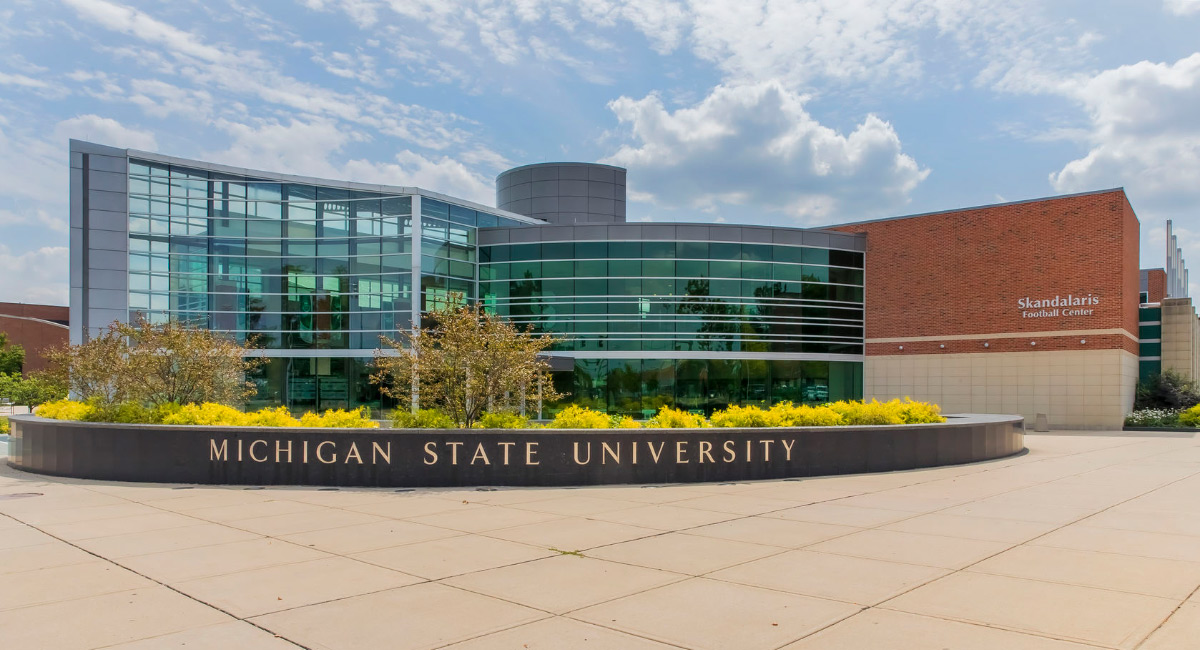Politicians have historically favored funding state universities, arguing they are investments in human capital, sources of innovation, and engines for promoting economic opportunity by equalizing educational qualifications that help explain income differentials. We tax used car dealers but subsidize universities because they allegedly have what economists call “positive externalities”—good spillover effects.
Big state appropriations for colleges should lead to a high proportion of the population attaining degrees. Yet the evidence seemingly does not support that. I think it curious that the two states with the highest proportion of college graduates (bachelor’s degrees or more) among their population, Massachusetts and Colorado, are among the bottom half dozen states in terms of the proportion of personal income generated going for state university appropriations.
I decided to take the 10 states devoting the highest proportion of personal income to public higher education according to the Illinois State University Grapevine annual survey of appropriations for 2018-19, and compare them to the 10 states devoting the smallest proportion. Do states spending more of their income funding schools have a large proportion of college graduates? No. Au contraire, the 10 states spending the largest proportion of personal income on state university appropriations averaged slightly over 27% of their adult population with bachelor degrees or more, compared with nearly 34% for the 10 states spending the lowest proportion of incomes.
It could be, of course, that causation runs the other direction. States spending a lot on colleges are trying to catch up with respect to college attainment, but, if so, they are not proving very successful. Low spending, highly educated states like Massachusetts and New Hampshire have a tradition of heavy emphasis on private schools, suggesting that governmental support of schools is not critical to having an educated population.
I have earlier noted that the empirical evidence suggests that, controlling for other factors, higher spending on state universities has no positive association with economic growth, and indeed may have a negative one. When resources are confiscated by taxation from highly efficient private enterprises disciplined by markets and competition and given via a monopolistic political process to an inefficient non-profit higher education sector, output sometimes falls.
University officials rhapsodize that high quality colleges and universities promote a higher quality of life, attracting more human and capital resources. But is that true? I compared the three states with the largest amount of domestic in-migration of population in 2017-18, Florida, Arizona and Texas, with the three states with the largest amount of domestic out-migration, New York, California and Illinois. Looking at the top 20 schools on the most recent Forbes Best Colleges list, none of them were located in the high in-migration states, while eight came from the three high out-migration states (four from California, two each from New York and Illinois).
This selective evidence does not control adequately for non-educational determinants of such things as migration. Nonetheless, it helps me understand why popular support, and thus political approval, of appropriations is waning for higher education. The rhetoric of educrats is not supported by results. Instead of promoting better, more prosperous lives, perhaps public higher education is justifiably viewed as more an exercise in rent-seeking, providing income to university staff whose zeitgeist seems increasingly out of sync with the electorate.
This saddens me. I am in my 55th year of teaching at a state university, earned two degrees from another state school, and have been visiting professor or guest lecturer at many more. I think they do many good things, and a world with no college-educated individuals I think would be rather bleak. That said, two laws apply: the Law of Diminishing Returns and the Law of Unintended Consequences. We may have pushed college too hard for some students. And some well-intended government programs, notably the federal student loan program, have made colleges more costly and overpopulated with high priced bureaucrats with little interest in educating students at an affordable price. An email Milton Friedman sent me in 2003 seems prescient: “A full analysis...might lead you to conclude that higher education should be taxed to offset its negative externalities.”













